Mangosteen, or Garcinia mangostana, is the fruit of a pyramidal tree that reaches a height of 6 to 25 meters. It is called the "Queen of Fruits". Home of this tree is South Asia, and today is found mainly in Cambodia, Thailand, Malaysia, China, Indonesia. Mangosteen has nothing to do with the mango, despite the similarity in names.
To bear fruit, the tree must be at least 10 years old. It needs humid tropical lowlands and well drained soil. Mangosteen is most commonly grown in home gardens, it is not suitable for large scale production for a variety of problems such as slow growth. It may be grown as a greenhouse or house plant, but it must provide moisture and heat.
Mangosteen, or Garcinia mangostana, is named after the French explorer Jacques Garcinia. Queen Victoria herself gave this superior tasting fruit the title "Queen of all fruits". In Asia, the Mangosteen is consumed for centuries, not only because of its excellent taste, but also because of its health benefits.
The shape of the fruit is round, covered with purple-colored rind that is relatively hard. The fruit weighs between 80 and 200 grams - depending on the soil it has been cultivated in. Below the skin, it is divided into several parts, which is soft, creamy and transparent. The fruit has a sweet, buttery flavor of almonds.
The inside has close fitting to each other seeds. They are usually from one to five, but there are seedless specimens. Full ripening of the fruit takes about 100 days.
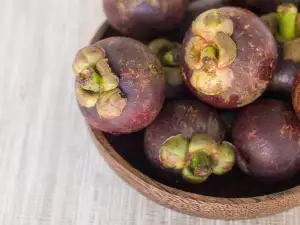
Composition of Mangosteen
Today scholars celebrate mangosteen because it contains a huge amount of phytonutrients called xanthones. They are known as a super antioxidants, because of their effectiveness. Mangosteen has about 40 different xanthones, which makes it the richest and sometimes, the only source of incredibly beneficial phytonutrients. It also has a high content of vitamin C, vitamins of the B group, nicotinic acid, magnesium, potassium and manganese.
100 grams of mangosteen contains 73 kcal, 18 g carbohydrates, 1.8 g fiber, 0.41 g protein.
Selection and storage of mangosteen
Ripe mangosteen has a purple colored elastic skin. If the fruit is too hard, it's overripe and will not taste very good. Yellow spots on the fruit’s flesh does not mean it's damaged, but - give it has a more delicate flavor. In rare cases, mangosteen is dark and creamy, almost yellow, with an unpleasant flavor. This is due to an illness whose origin is not specified. If you come across a fruit, just do not eat it. Mangosteen is stored in the refrigerator for up to two weeks.
In the past, Queen Victoria promised very high rewards for those who delivered this fruit to England fresh. Today, mangosteen is not widely consumed because of its high price. It is due to the cultivation of mangosteen fruit in limited areas.
There is also mangosteen juice, which is considered to be extremely useful. Its price is quite high at times. It can be purchased in capsule form too.

Mangosteen in cooking
Wash the fruit and halve it with a sharp knife. Remove the core with a small spoon. Mangosteen fruit is eaten alone or added to a delicious fruit salad.
It is extremely suitable for cocktails with champagne, due to its wonderful and exotic flavor. It is possible to conserve it. From the fruit, you can cook very tasty vitamin juices.
Benefits of mangosteen
Mangosteen was very recently named one of the 5 super foods in the world. This is not a coincidence, considering the huge amounts of phytonutrients. This is one of the fruits that are a true medical miracle. Because of its ingredients, it prevents bone loss, reduces the risk of various types of cancer, lowers cholesterol, slows down aging and improves skin condition.
This great result strengthens the cardiovascular and respiratory system, relieves the unpleasant symptoms of menopause, helps to maintain high immunity levels, protects the body from developing various infections and has good clamping action. Mangosteen helps prevention of diabetes, cataracts, atherosclerosis, hypertension, inflammatory bowel disease, osteoporosis and hepatitis. It supports the acid and electrolyte balance in the body.
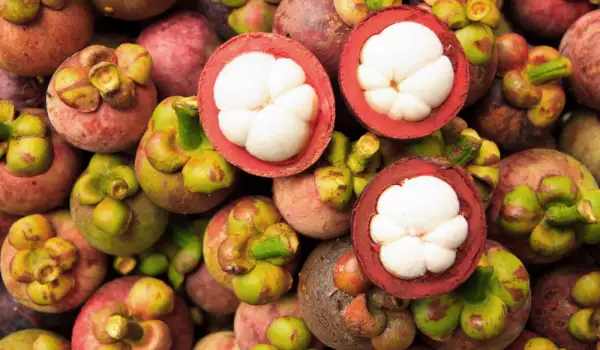

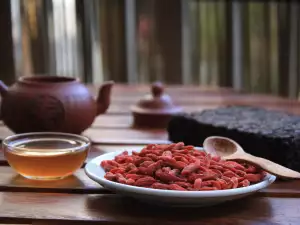
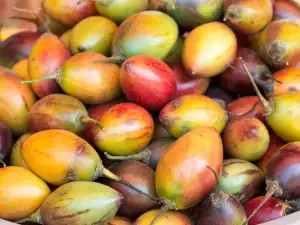

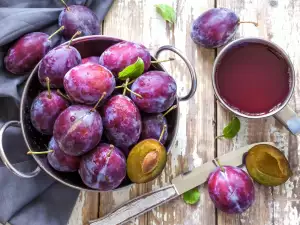
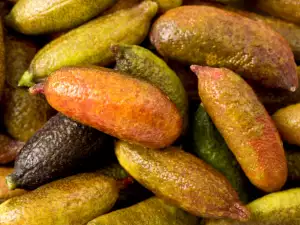
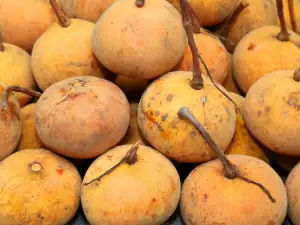
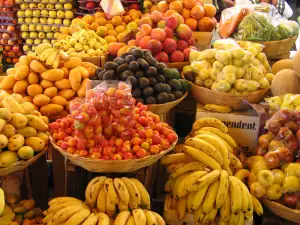
Comments